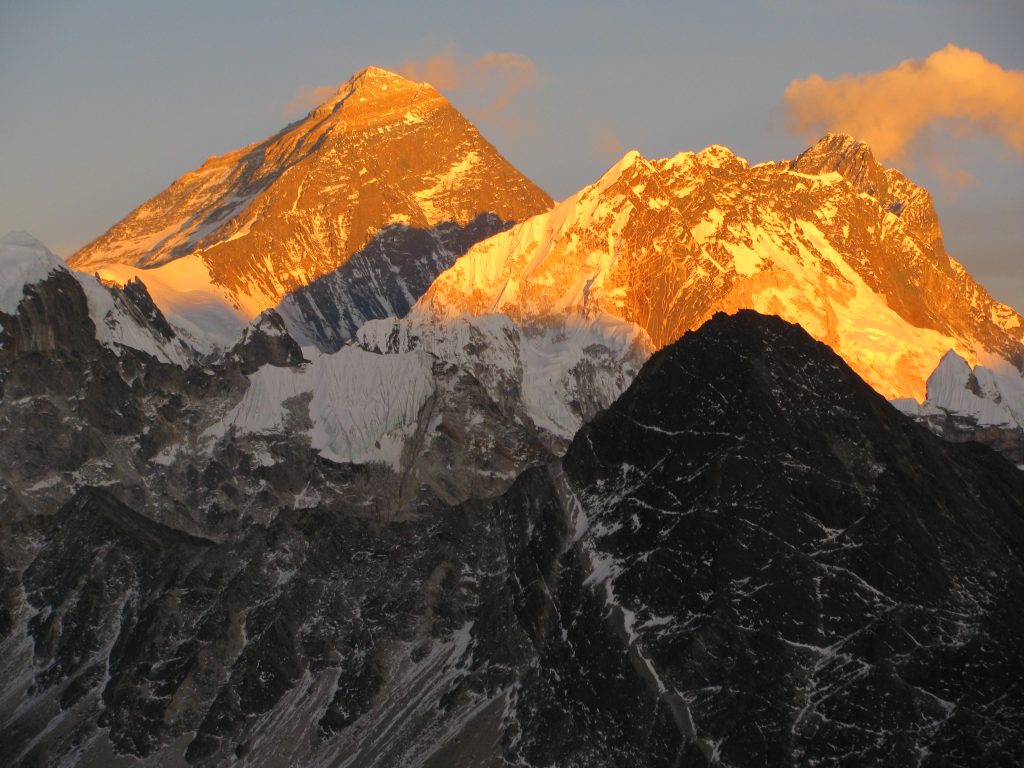Chapter 9: Sustainability and Regenerative Tourism

To preserve nature and biological diversity as essential tourism resources, including critically endangered and emblematic species, all necessary measures must be taken to ensure ecosystem and habitat integrity is always respected. We need to work towards an ecosystem-based vision of tourism.
—World Charter for Sustainable Tourism +20, 2015, p. 20
Overview
This chapter explores the sustainability movement within tourism and the harms of overtourism and extractive tourism. It provides examples of the problems currently facing overtouristed destinations and describes the shift toward regenerative tourism, which aims to enhance the well-being of destination ecosystems and communities. The regenerative tourism model conceptualizes tourist destinations as living systems. It does so by encouraging closed-loop economies, drawing on a blend of Indigenous traditional ecological knowledge (TEK) and Western science as well as promoting grassroots tourist development designed in conjunction with the residents of a destination.
Objectives
Reading and reviewing this chapter will enable an attentive learner to accomplish the following tasks:
- Identify how sustainability has informed the tourism industry
- Define regenerative tourism and how it differs from mass tourism
- Identify the role that Indigenous worldviews play in 21st-century tourism
- Discuss two or more examples of regenerative tourism, either in the abstract or via concrete examples
- Identify how the environmental movement has impacted tourism
- Identify several key traits of ecolodges
Key Terms
- Anthropocentric
- Biodiversity
- Biogas
- Buen vivir
- Community-led tourism
- Ecocentric
- Ecolodges
- Ecosystem
- Enclave resorts
- Extractive tourism
- Overtourism
- Permaculture
- Regenerative agriculture
- Regenerative tourism
- Responsible tourism
- Rights of Nature movement
- Sustainability
- Traditional ecological knowledge
Attributions
- Figure 9.1: Alpenglow on Everest, by NASA Goddard Space Flight Center, is licensed under CC BY 2.0.

